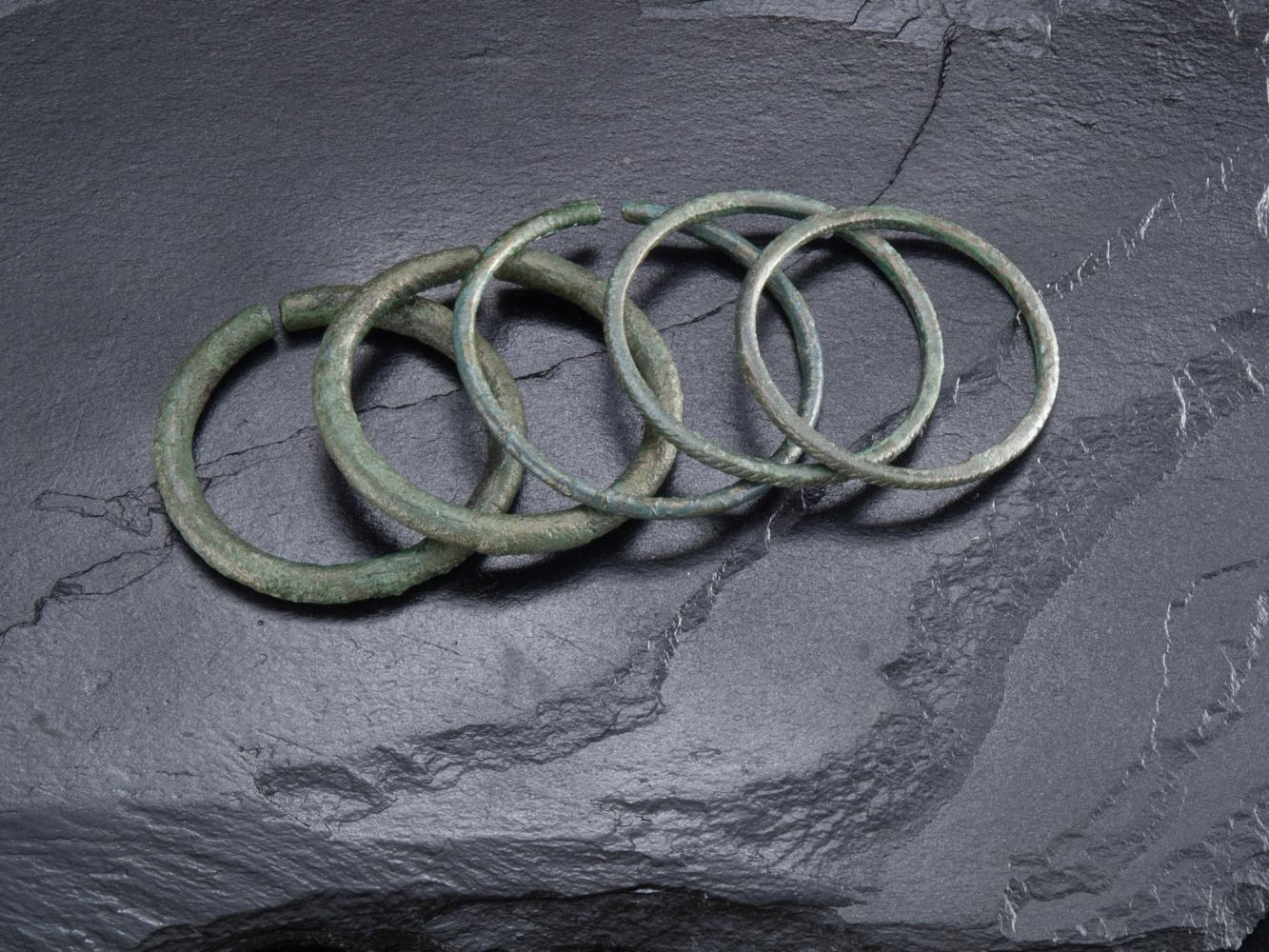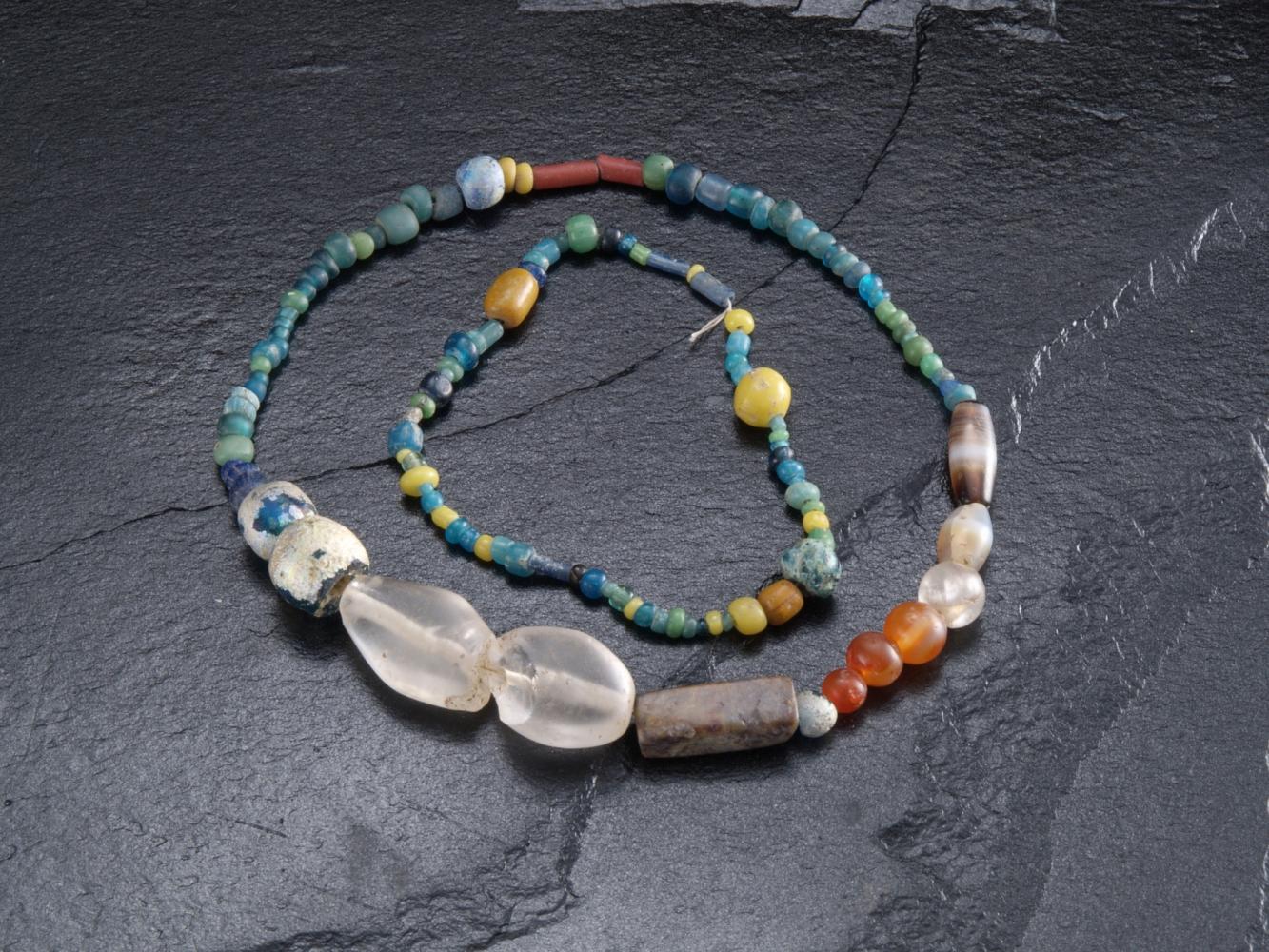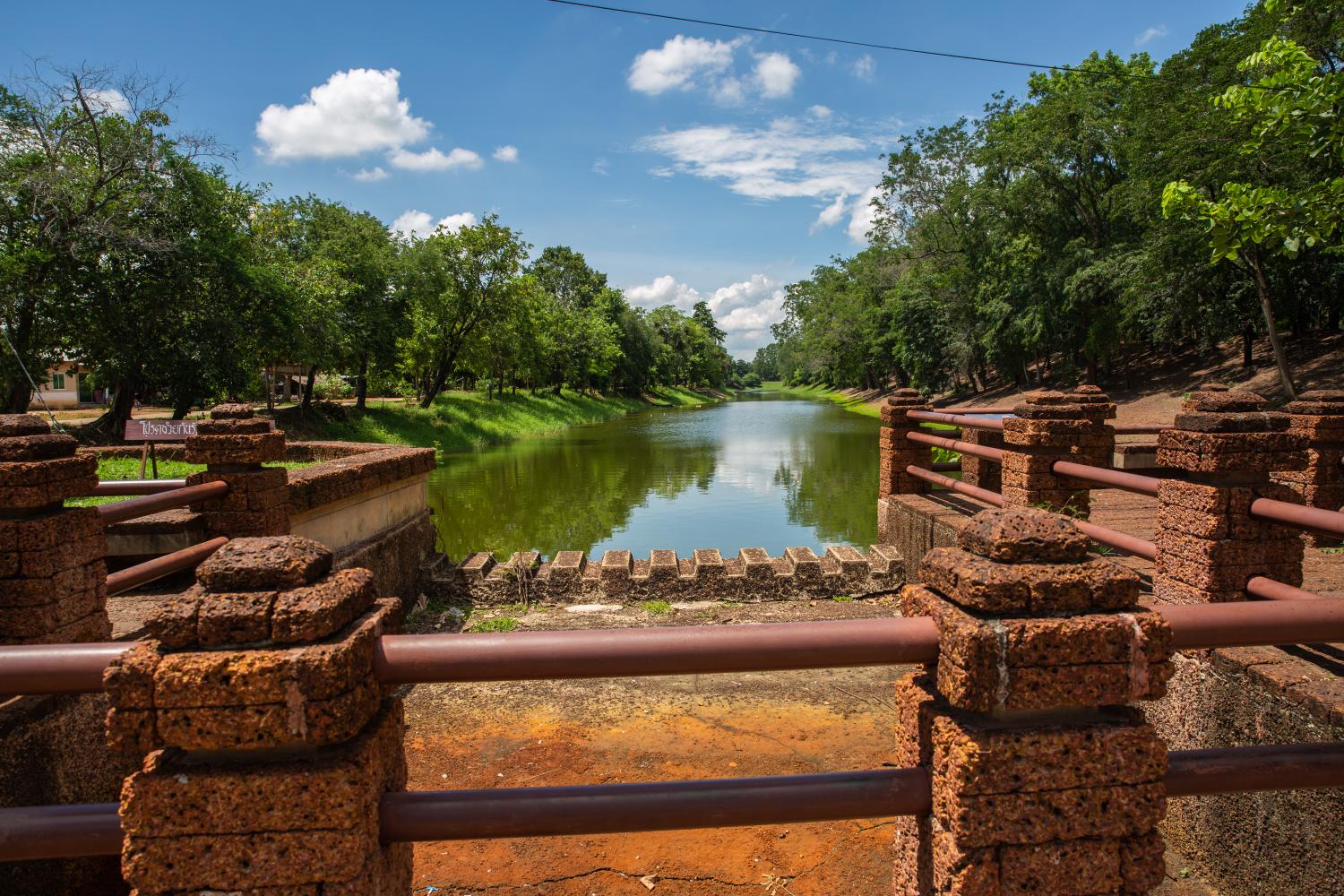A car travels down a long peaceful road with lush green paddy fields on each side that will soon be superseded by crops of cassava, corn and sugar cane during the off-season. This scene reminds us of Prince Damrong Rajanubhab's 1904 journey to Phetchabun, when he discovered the ancient town of Si Thep which was recorded in a late Ayutthaya and early Rattanakosin document.
Next month, Si Thep is expected to be certified as a new World Heritage Site during the World Heritage Committee's 45th extended session, which will take place in Riyadh in the Kingdom of Saudi Arabia. Thailand has other three World Heritage Sites in the cultural category -- Sukhothai Historical Park, Ayutthaya Historical Park, and Ban Chiang Archaeological Site in Udon Thani.
Si Thep Historical Park's inclusion on the tentative list of Unesco World Heritage Sites in 2019 has strengthened the idea of creating a cultural route to promote Thailand's rich heritage and tourism in second-tier cities.
Encircled by a city wall and moat, this ancient town spans 4.7km and has a unique two-layered layout reminiscent of the Dvaravati civilisation between the 6th and 11th centuries. Back in 1978, the Fine Arts Department began the excavation operation to conserve and develop the archaeological site which is home to more than 100 ruined Buddhist and Hindu monuments as well as 100 ponds of various sizes.
Funded by Thailand Science Research and Innovation, a team from the Historic Site Restoration for the Foundation of Sustainable Conservation project used cutting-edge technology to create 3D images of the ruins to assess the strength of the structures and develop scenarios to see if the ruins can withstand potential threats like an earthquake, traffic vibration or noisy environment.
The historical site is divided into an inner and outer town, where visitors can opt to take a tram to learn about history from experts or drive their car for a sightseeing excursion. The first stop is the Chao Pho Si Thep Shrine, where visitors can worship a sacred statue of a local god for good fortune, health, protection and prosperity.
The original statue, which currently sits in a Thai-style wooden pavilion, was said to have been discovered in the middle of the ancient city before being stolen. The villagers later made a replica that is a cross between a man and a woman, since it has breasts like a lady.
Just a stone's throw away is an archaeological pit, where a prehistoric cemetery of five skeletons was built over a 4m-deep mound dating back 2,000 years. A woman in her 30s-40s was entombed with a dog and had two agate necklaces. An elephant skeleton was similarly lying on its left side with its head turned towards the north.

Chao Pho Si Thep serves as a guardian of the ancient town.


"In prehistoric times, cemeteries were constructed on top of a mound near a religious structure and a pond, where a collection of pottery and jewellery made of carnelian, agate beads, shell, stone and other semi-precious stone were buried for the afterlife," said park staff member Uraiwan Sriwant.
While riding a tram to the inner town's core, visitors can visualise an arid landscape that was formerly covered in a dense forest after the community was abandoned owing to an epidemic or a change in the trading routes. Stretching over 1,300 rai, the inner town boasts six city gates, 40 historical ruins and 70 reservoirs, all of which show how Si Thep was influenced by Indian, Khmer and Dvaravati civilisations, resulting in idiosyncratic cultural mingling.
In contrast, the ancient temples' exquisite architectural design demonstrates how Hinduism, Mahayana and Theravada Buddhism coexisted. There's a tram that stops at the front of Prang Song Phi Nong which is said to be a Hindu monastery with primitive Khmer-style architecture.
In order to house a Shiva lingam and a statue of the solar deity for conducting religious rituals, a main prasat and a smaller one were constructed out of bricks and stood on the laterite base.
A carved stone lintel, which depicts Uma Maheshvara (Shiva holding goddess Uma), adorns the smaller prasat and was modelled after Baphuon- Angkor Wat art.
Not far away, visitors can explore Prang Si Thep and admire ancient Khmer-style buildings. According to Hindu beliefs, the ruins of a cross-shaped pathway once served as a naga bridge connecting an entrance to a library, a sacred pond and a porch.
"A pagoda represents heaven in Hinduism, while the ground and a naga bridge represent an aquatic realm. There is also a holy pond where a king and Brahma would undertake a holy religious ceremony honouring the creator deity Shiva by pouring milk over a lingam. Because there was a laterite source to the north of the ancient town, it was mostly utilised to build the monuments here," she added.

Thamorat Cave showcases a collection of Dvaravati-style stone sculptures. (Photo © Fine Arts Department)
The compound underwent several expansions and its original tower was erected in the Baphuon-Angkor Wat style, dating back around 1,000 years. When the influence of Bayon architectural art spread to Siam in the 12th century, the tower was later rebuilt. Also on view are replicas of stone components such as lintels, a lotus-shaped top and stone antefix that resemble leaves.
A few metres away, Khao Klang Nai was built from laterite to serve as a huge Buddhist monastery during the Dvaravati period. Comparable to Wat Klong in the ancient town of Khu Bua in Ratchaburi, this rectangular structure has a porch that can be used as a stairway to the higher level.
Its base is decked with remarkable stuccos of chubby dwarfs who have bulging eyes and wear big earrings. This is an example of Southern Indian architecture that expanded to Southeast Asia. Craftsmen were free to express their imagination by creating stuccos of creatures like a singha, elephant, buffalo and monkey in various poses.
In the outer town, 54 abandoned monuments and 30 ancient ponds are scattered across an area of 1,589 rai. Located 2km from the inner town, visitors can climb to the second level of Khao Klang Nok and roam around its grounds, where you may have the ideal vantage point to see the breathtaking panoramic views of lush surroundings.

Prang Song Phi Nong showcases distinctive Khmer-style architecture.

A massive Dvaravati style chedi formerly stood above it to represent Mount Meru, while its foundation displays a reproduction of prasats, which comprises a stairway, a horseshoe arch, and colonettes in Southern Indian-inspired architecture.
Only a five-minute drive from Khao Klang Nok, visitors can head to the ancient complex of Prang Ruesi, which is hidden in Wat Pa Sra Kaew. The main Khmer-style tower was constructed in the 11th century from bricks and laterite, and encircled by several smaller buildings.
Those with extra time can finish their adventure by trekking to Thamorat Cave, which is 584m above sea level. The limestone and rhyolite cave is believed to be a hollowed mountain, which served as an important monastery during the Dvaravati period, and a variety of artefacts from the late Bronze Age were uncovered during the archaeological excavations there.
Inside, it seems to be an art gallery, with walls covered by Dvaravati-style stone sculptures of Lord Buddha, Bodhisattva, a stupa and a dhamma wheel based on Mahayana beliefs.
TRAVEL INFO
- Si Thep Historical Park is in Si Thep district, Phetchabun province. It's open daily from 8am to 4.30pm. Admission is 30 baht for Thais and 100 baht for foreigners. For more details, call 056-921-354 or visit finearts.go.th.

Trams for sightseeing tours.

Prang Song Phi Nong is home to a Shiva lingam.

People from the prehistoric era were interred with animals, earthenware and jewellery.

Near Prang Si Thep there are reproductions of historic architectural elements on display.



Previously, a Dvaravati-style chedi stood on top of Khao Klang Nok. (Photo © Fine Arts Department)

Bronze bangles, glass and stone beads as well as shell and stone bangles were found at a prehistoric excavation pit. (Photo © Fine Arts Department)


The ancient town of Si Thep is surrounded with a city wall and moat. (Photo © Fine Arts Department)

